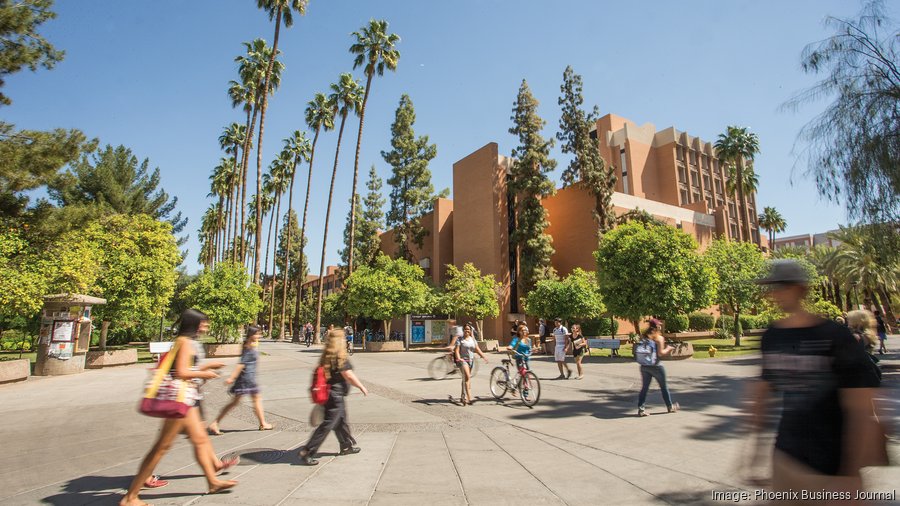Colleges and universities frequently are at odds over education policies debated in Washington, but one concept seems to be gaining momentum in some circles: doubling the Federal Pell Grant Program.
Recent interviews by The Business Journals with school presidents have highlighted growing support for a Biden administration proposal to expand the program, which was designed to provide grants for low-income students seeking a college degree. Launched in the 1960s, the Pell program is the federal government's largest source of need-based aid for students.
"I'm very supportive of making college more accessible to those who need it most and doubling Pell would be a much bigger impact,” said Laurie Leshin, president of Worcester Polytechnic Institute in Massachusetts.
The Biden administration has outlined goals to ultimately double the program's maximum grant to $13,000, up from a current cap of $6,495 per student per year. As of the U.S. Department of Education's latest reporting on the Pell program, the federal government's annual grant outlays run about $30 billion per year.
Terry Hartle, senior vice president of government relations and public affairs at the American Council on Education, said the administration has asked to increase Pell funding in two different ways. First, as part of the American Family Act passed in April, it sought a $1,400 dollar increase in the maximum award, bringing it to about $7,900 per student per year.
He said the president's fiscal 2022 budget released this month included a $400 increase in the maximum Pell award. Details on how and when the administration would double the Pell award to $13,000 have yet to be disclosed, he said.
“The purchasing power of the Pell Grant has declined considerably,” Hartle said. “The Biden administration put forward a wide array of proposals ... this one would go the furthest to help low-and-middle-income students pursue a post-secondary education.”
For schools, the program has proven an effective way to both enroll more students and generate revenue from a demographic that would otherwise struggle to afford the cost of college. Critics have argued the Pell program has fueled higher ed price inflation that is now a major obstacle to affordability for many students who don't qualify for Pell relief.
Pell Grants historically have enjoyed bipartisan support in Washington, Hartle said.
“Democrats like it because it overwhelmingly sends money to low-income students and Republicans like it because it's a voucher, [which is] their model for how aid to individuals ought to be distributed,” Hartle said.





